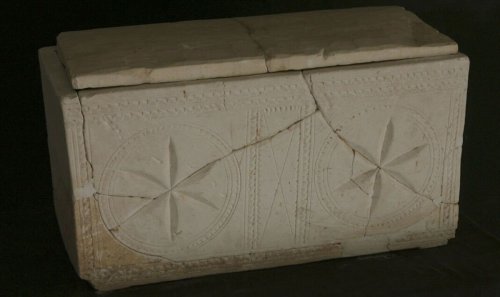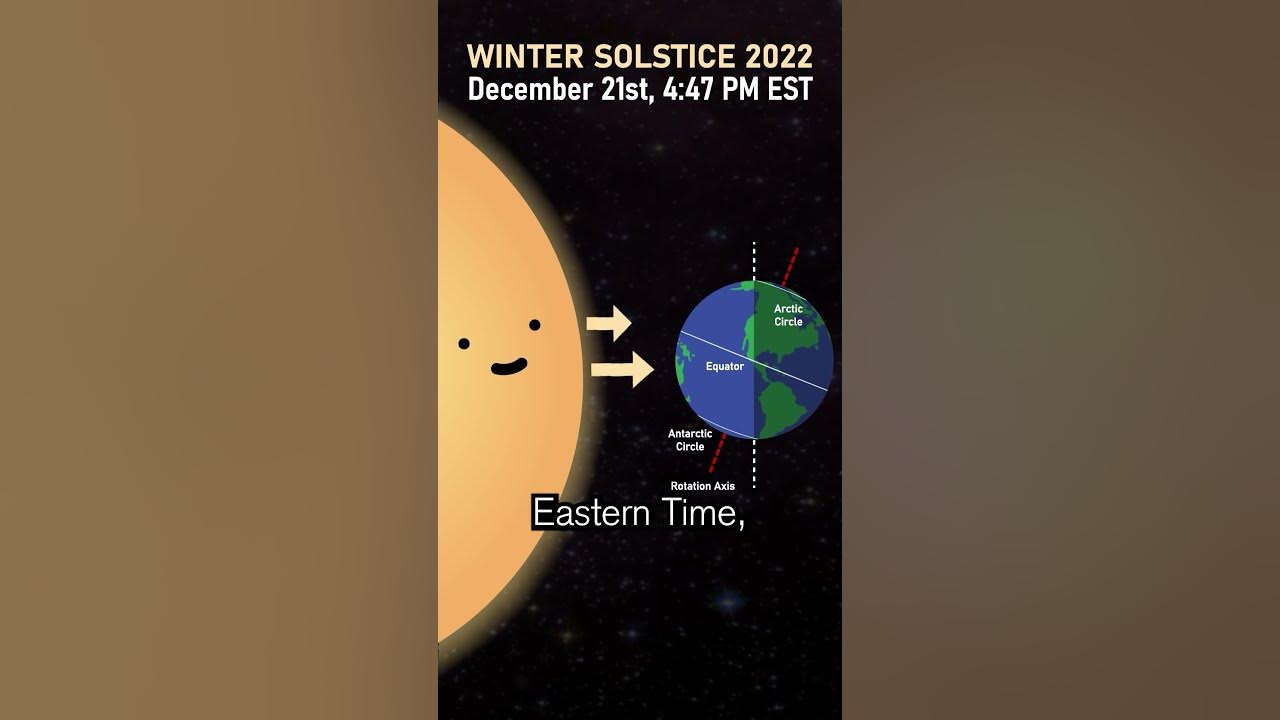


NASA has released stunning new images of two nearby star clusters that resemble a wreath and a Christmas tree. These clusters, known as NGC 602 and NGC 2264, are located in the Small Magellanic Cloud and are made up of young stars. The images were created by combining data from NASA's Chandra X-ray Observatory and James Webb Space Telescope. As we celebrate the winter solstice, take a moment to marvel at these cosmic Christmas decorations.
Cosmic Christmas Decorations: NASA's Stunning Images of Holiday-Shaped Star Clusters
NASA has unveiled captivating new images of two star clusters in the Small Magellanic Cloud that bear a striking resemblance to a wreath and a Christmas tree. These celestial formations have been dubbed NGC 602 and NGC 2264, and they are composed of vibrant young stars.
The images were meticulously assembled by merging data from NASA's Chandra X-ray Observatory and the James Webb Space Telescope. The combination of these two powerful telescopes enabled scientists to capture both the visible light and X-ray emissions of the star clusters.
NGC 602: The Wreath
NGC 602 is located approximately 160,000 light-years away from Earth. It comprises thousands of massive stars, which emit intense X-rays that illuminate the surrounding gas, creating a radiant wreath-like appearance. The X-ray data reveals the presence of a supernova remnant within the cluster, suggesting that one of these massive stars has exploded in the past.
NGC 2264: The Christmas Tree
NGC 2264 is situated about 250,000 light-years away. Its central region is dominated by a towering column of gas and dust that resembles a Christmas tree. The visible light data captures the emission from young stars embedded within this column, creating a vibrant green hue. The X-ray data highlights the presence of hot gas at the tip of the tree, likely heated by the outflow from these nascent stars.
Scientific Significance
These star clusters provide valuable insights into the processes of star formation and evolution. The young stars within NGC 602 and NGC 2264 are actively forming, and the X-ray emissions reveal the energetic jets and outflows that accompany this process. By studying these celestial formations, astronomers can gain a better understanding of how stars form and grow in the universe.
FAQs
Q1: Why do the clusters resemble holiday decorations? A1: The circular shape of NGC 602 and the conical shape of NGC 2264, combined with their vibrant colors, evoke the imagery of a wreath and a Christmas tree.
Q2: How long have these clusters been known to astronomers? A2: NGC 602 was discovered in 1834 by John Herschel, while NGC 2264 was first observed in 1826 by James Dunlop.
Q3: Are there other star clusters that resemble holiday shapes? A3: There are a few other known star clusters with holiday-shaped appearances, such as the "Lobster Claw" Nebula (NGC 6357) and the "Mouse Head" Nebula (NGC 2392).
Q4: Can these clusters be seen with the naked eye? A4: No, these star clusters are too distant to be visible to the naked eye. They can only be observed with telescopes.
Q5: What are the next steps in studying these star clusters? A5: Astronomers plan to continue observing NGC 602 and NGC 2264 with multiple telescopes to gain a more comprehensive understanding of their stellar populations, gas content, and evolutionary processes.

A bone box with the inscription "James, son of Joseph, brother of Jesus" was recently put on display in Atlanta, Georgia. The box is believed to have once held the remains of James the Just, brother of Jesus, making it the oldest physical evidence of Jesus. Despite some controversy and accusations of forgery, the box has been declared authentic by experts.

As the winter solstice approaches on December 21st, the Northern Hemisphere will experience the shortest day and longest night of the year. This natural phenomenon has captivated people for centuries, with ancient traditions and festivals taking place around the world. Through science, we can understand why this occurs and how it affects different regions of the world differently.

Every year, the Northern Hemisphere experiences the arrival of winter on the winter solstice, which marks the shortest day and longest night due to the Earth's tilt on its axis. As the North Pole is furthest from the sun, it receives the least amount of sunlight, resulting in a gradual lengthening of days towards the arrival of spring. This year, the winter solstice falls on December 21 and will be celebrated by people worldwide in various ways to mark the significant celestial event.

In a miraculous surgery, doctors at Kurnool Government General Hospital successfully removed a one-foot stick from the stomach of a 12-year-old boy who had fallen from a tree and suffered an abdominal injury. The head of the Paediatrics Department, Dr Shiva Kumar, along with doctors from the orthopaedic and anaesthesia departments worked together to perform the three-hour long surgery. The patient, Irfan, is now able to walk on his own and is expected to make a full recovery in a month.

Vladimir Putin's announcement about the development of a cancer vaccine in Russia has stirred up a wave of hope among patients and experts alike, with its promised release for general use as early as 2025. As the world grapples with the devastating effects of cancer, the Russian vaccine, developed with the help of AI technology, could potentially revolutionize the way we understand and treat the disease. However, with other countries also racing to develop their own versions of cancer vaccines, the competition is stiff, and the details of Putin's claim are yet to be revealed. If successful, this could mean the end of the world's biggest killer.

Indian-American astronaut Sunita Williams and her colleague Barry Wilmore have been stuck at the International Space Station for six months due to a malfunctioning spacecraft. Their rescue mission has been further delayed as NASA announced a delay in the return flight on SpaceX's Crew-9 Dragon capsule. They are now expected to spend close to ten months in space, raising concerns about their health as astronauts require twice as many calories in space due to changes in their metabolism. NASA's Commercial Crew Programme Manager has commended the SpaceX team for their efforts in preparing a new spacecraft for the mission.

Russian scientists have developed a vaccine that may be able to treat cancer, offering hope to patients who previously had no guaranteed cure. The vaccine is currently in testing and is expected to be available in early 2025. While there is still more testing to be done, pre-clinical trials have shown promising results in slowing the growth and spread of cancer. It will be available for free in Russia, but there is no information yet on which types of cancer it will treat or what the name of the vaccine will be. Similar treatments are also being developed in other countries, such as the UK.

Towana Looney, who had been on dialysis for eight years, became the fifth American to receive a gene-edited pig kidney transplant at New York University Hospital. The transplant was a success, with the kidney immediately turning a healthy color and functioning properly. This groundbreaking procedure is expected to become a lifesaving technology for many patients suffering from organ failure.

With the Gaganyaan mission quickly approaching, the Indian Space Research Organisation (Isro) has made significant progress in its preparations. All propulsion systems for the launch vehicle are ready, the crew escape system has been tested, and the crew and service modules are in the process of integration. According to the reply by Minister of State for Space Dr Jitendra Singh, the first uncrewed mission is targeted for the end of 2024, with a series of further missions set for 2025 and 2026. With all the ground infrastructure and support systems in place, India is gearing up for a historic first crewed mission in 2026.